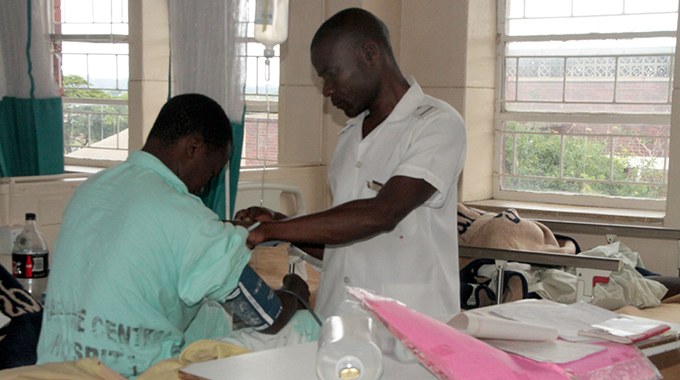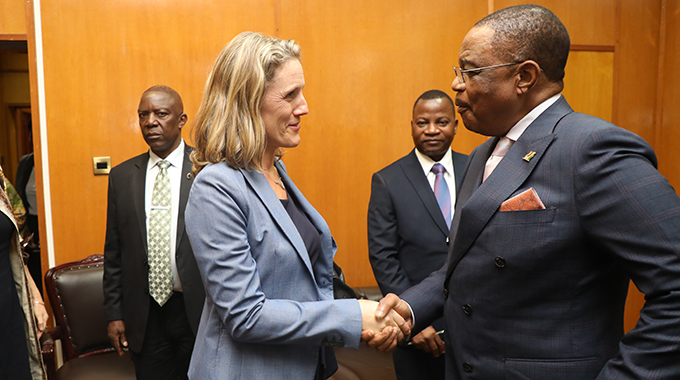Doctors troop back to work

Paidamoyo Chipunza Senior Health Reporter
Eighty junior doctors were back at work by yesterday, while another 282 are expected to have joined them by the beginning of next month.
Part of the incentives to get junior doctors back to work include an offer by Higher Life Foundation (HLF) to provide medical scholarships of $5 000 a month from the beginning of next year, and yesterday the foundation said 362 of the 365 who applied had been awarded the scholarships. Any of the remaining 282 not yet back at work who join the 80 promptly will receive the scholarship for December as well.
The Health Services Board (HSB) confirmed that 80 doctors had applied and signed resumption of duty forms by midday yesterday.
All central hospitals, including Sally Mugabe Hospital, formerly Harare Central Hospital, which had been incorrectly reported over the weekend by social media as closed, are operational although most continue to operate below capacity.
The exception is Chitungwiza Central Hospital which now has 19 of its dismissed 20 doctors back on duty and is operating normally.
Patients seeking services at the two hospitals were not waiting for long yesterday before being attended to.
At Parirenyatwa Group of Hospitals only non-critical cases had to wait longer.
Chitungwiza Central Hospital chief executive officer Dr Enock Mayida yesterday said 19 of the 20 doctors who had been fired were reporting for work, joining 17 consultant doctors who provide specialist services to the hospital and who never withdrew their labour. The hospital has about 60 junior and senior doctors.
Harare Central Hospital chief executive officer Dr Tinashe Dobbie dismissed rumours that his hospital had been closed.
Patients who routinely receive treatment at the hospital said they were still receiving medical attention from available health personnel, which includes an understrength complement of doctors.
A visit to some of the hospital’s critical stations namely casualty, outpatients, intensive care unit (ICU), male and female wards, renal, neonatal, and maternity unit showed that while the number of patients receiving treatment was much lower, the institution never closed its doors to the public.
But some wards were combined at the beginning of the strike to match the limited number of doctors reporting for duty.
A patient interviewed in the B8 male ward, Mr Tonderai Chingani, said he was admitted last Thursday and has been receiving treatment since then.
“When I came here I could not even talk, my blood pressure was very high and I was in a bad shape. But I have now fully recovered following the assistance I have been receiving from nurses and doctors from this ward,” he said.







Comments